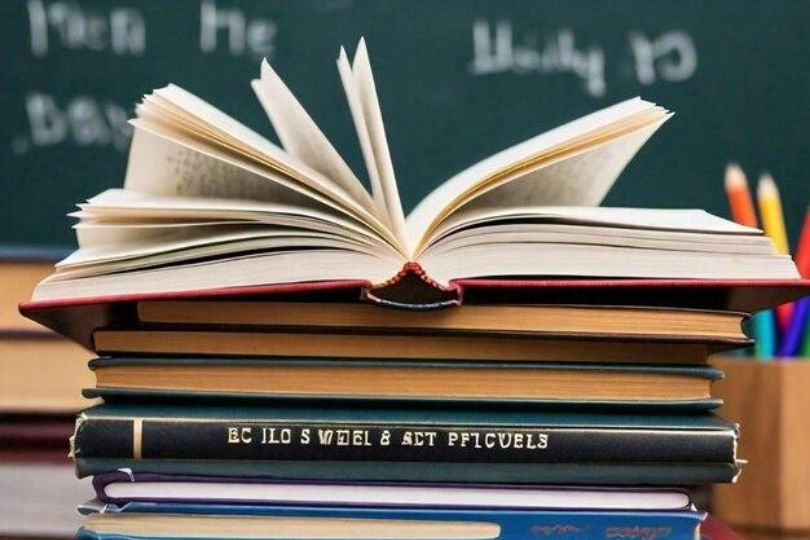NCERT to Triple Textbook Production to 150 Million Copies
NCERT boosts textbook production to 15 crore copies, addressing rising demand in Indian education. Printers urged to invest in expanding the book printing sector.on Oct 22, 2024

The Indian government's National Council for Educational Research and Training (NCERT) is set to significantly increase its textbook production, raising the annual output from 5 to 6 crore (50 to 60 million) copies to 15 crore (150 million) copies. This expansion aims to align with growing enrollment and retention rates in government and private schools across the nation.
NCERT books are primarily utilized for the CBSE curriculum and are mandatory for private schools from grades 8 to 12. Currently, there are over 30,000 CBSE schools, and this number is on the rise, reflecting a growing preference for this educational path.
However, the production of school textbooks in India goes beyond NCERT, potentially reaching or exceeding 300 crore (3 billion) copies, mainly supplied by state education departments and private publishers. There is a general consensus among educators, publishers, and printers that these numbers should at least double to meet the increasing demand.
Many book printers and publishers are expanding their production capabilities, although some are diversifying into other printing sectors, such as labels and packaging. A significant surge in demand for printed textbooks is anticipated, driven by the urgent need for educational resources in light of current low school completion rates.
The tripling of NCERT's production underscores this optimistic outlook, with 15 to 20 selected book printers already prepared to start production based on their capabilities and efficiencies. Most negotiations and paperwork have been completed, and they are now awaiting print orders.
Sajith Pallippuram, a proponent of book production at Bindwell, advises printers to seize this opportunity. He emphasizes that investment should shift towards the expanding book printing segment, which offers substantial growth potential. With over 260 million students in K-12 education and a gross enrollment ratio (GER) of only 2.7 crore in 2021-22, the government's target of increasing the GER to 5 by 2030 implies that the supply of government textbooks, currently at 2 billion annually, will need to nearly double to around 4 billion—and possibly reach 5 billion—as more students progress to higher grades.
Government statistics indicate that student enrollment in schools (from primary to higher secondary) rose from 253 million in 2020-21 to 255.7 million in the following year. The number of government schools has decreased from 1.18 million in 2016-2017 to 1.10 million in 2021-22. However, due to various income constraints during the COVID-19 pandemic, there has been a recent increase in students returning to government schools. Conversely, the number of private schools has grown from 350 million to 384 million, with private institutions generally exhibiting higher retention rates in higher classes.
Major book publishers and printers in the National Capital Region of New Delhi report an annual growth rate of 10% in book production volume, with even higher growth rates in value. They are also exploring a new "hybrid model for textbooks," which incorporates various teaching aids, workbooks, online materials, and videos.
Pallippuram asserts that the rising demand for textbooks will also positively impact the private educational publishing market, including the growing sector for guides and supplementary materials. In contrast, industries like monocartons and rigid boxes do not offer comparable growth potential. Early recognition of this shift by printers and investors could lead to significant benefits as the educational publishing sector experiences unprecedented growth.



.jpg)






.jpg)

.jpg)

.jpg)

.jpg)
.jpg)










Sorry! No comment found for this post.